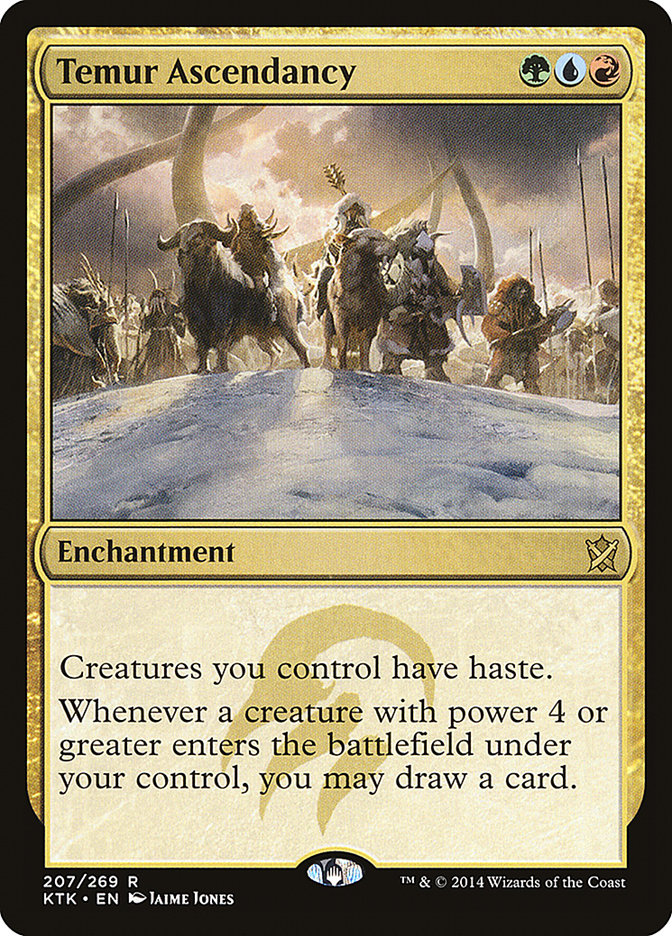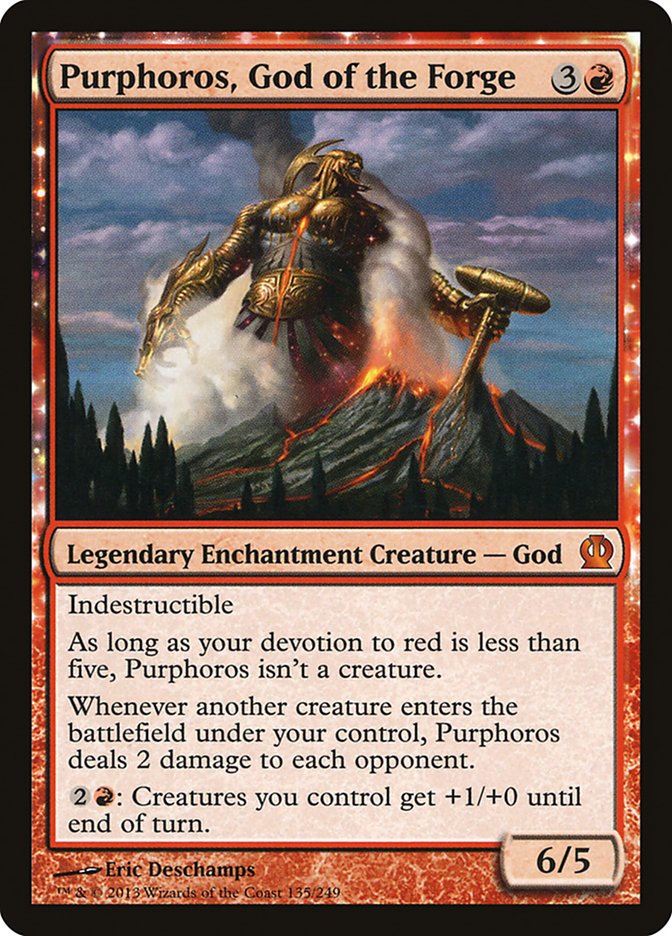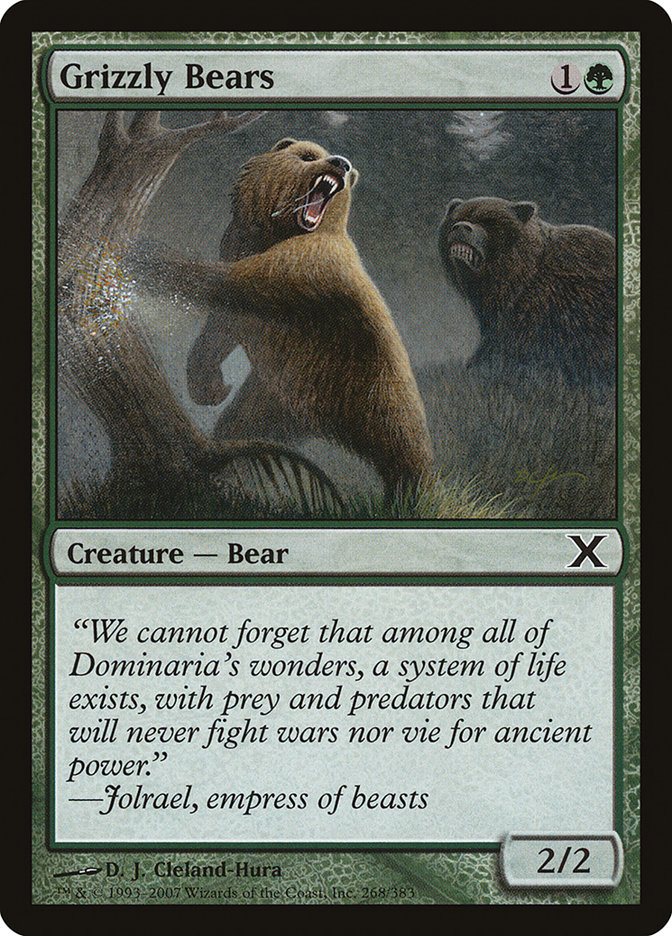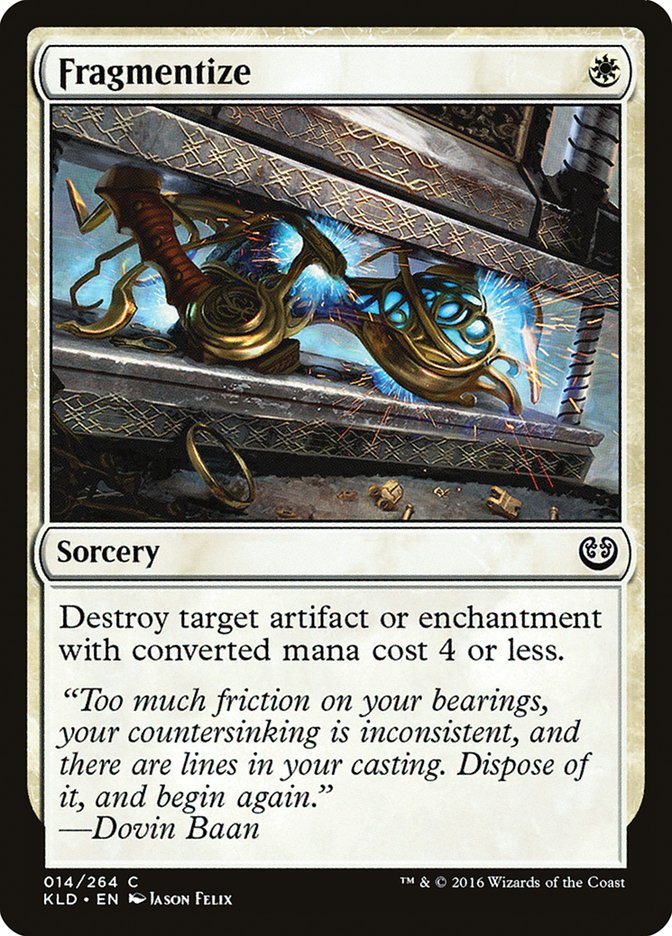Pop quiz!
What do the following dates have in common?
- January 16, 2016
- February 13, 2016
- March 5, 2016
- April 23, 2016
- May 7, 2016
- May 14, 2016
- July 16, 2016
- August 13, 2016
- August 25, 2016
- September 24, 2016
For most people, the answer is a big ol’ nothing. For me, these are the ten Saturdays this year that I’ve woken up in my own bed.
I don’t want to turn this into an enormous diatribe about how unhappy with my life I am, but it is worth noting that being on the road all of the time can be tiring. It weighs even more heavily when being on the road is all for naught.
Traveling requires a good bit of budgeting, and if there is a weekend where someone on the grind completely scrubs out of the events of the weekend, it generally spells being hundreds of dollars (and days of time) in the hole for nothing. It can be a stressful life to lead, and being a sort of “self-administered” stress doesn’t make the stress much lighter; quite the opposite, in fact. After a few fruitless events in a row, self-doubt begins to creep in, and it becomes harder to remember why attending each event is even a priority.
At some point, everything becomes cyclical and colors fade to gray; re-watching feature matches that feature Patrick Sullivan praising your technical Magic play go from compliments to backhanded justifications. Sinking money into a plane ticket in hopes of newfound glory becomes an expensive weekend with friends. This weekend’s Open location goes from being a new and exciting place to a city you’ve visited twice this year and would rather skip (and risk falling off the points ladder). Magic flavor starts your journey as something that’s fun to build around or pay attention to before it transfigures into endless numbers on a spreadsheet.
Magic is great. All of the satellite things associated with the game makes it easy to lose sight of that sometimes.
Despite being relatively burnt out and pretty down on Magic, some friends convinced me to make the trip down to Atlanta with them. My lack of knowledge in the format and distaste for Grand Prix prize structures made the main event incredibly unattractive to me, I already have most of the cards that I need (first world problems, I know), and I am qualified for the SCG Invitational in Atlanta already, so I didn’t have a reason to enter either of the Super Invitational Qualifiers on Sunday. What’s a girl to do?
Focus on having fun.
Creatures (38)
- 1 Sakura-Tribe Elder
- 1 Llanowar Elves
- 1 Solemn Simulacrum
- 1 Birds of Paradise
- 1 Kiki-Jiki, Mirror Breaker
- 1 Wood Elves
- 1 Siege-Gang Commander
- 1 Eternal Witness
- 1 Veteran Explorer
- 1 Noble Benefactor
- 1 Izzet Chronarch
- 1 Coiling Oracle
- 1 Teferi, Mage of Zhalfir
- 1 Riftsweeper
- 1 Venser, Shaper Savant
- 1 Mulldrifter
- 1 Fertilid
- 1 Devoted Druid
- 1 Farhaven Elf
- 1 Glen Elendra Archmage
- 1 Oracle of Mul Daya
- 1 Avenger of Zendikar
- 1 Joraga Treespeaker
- 1 Hornet Queen
- 1 Zealous Conscripts
- 1 Archaeomancer
- 1 Elvish Mystic
- 1 Sylvan Caryatid
- 1 Purphoros, God of the Forge
- 1 Treasonous Ogre
- 1 Reclamation Sage
- 1 Rattleclaw Mystic
- 1 Dualcaster Mage
- 1 Pia and Kiran Nalaar
- 1 Woodland Bellower
- 1 Omnath, Locus of Rage
- 1 Greenwarden of Murasa
- 1 Brood Monitor
Planeswalkers (1)
Lands (36)
- 8 Forest
- 1 Wooded Foothills
- 1 Karplusan Forest
- 1 Boseiju, Who Shelters All
- 4 Mountain
- 3 Island
- 1 Temple of the False God
- 1 Terrain Generator
- 1 Steam Vents
- 1 Stomping Ground
- 1 Breeding Pool
- 1 Dryad Arbor
- 1 Tolaria West
- 1 Fire-Lit Thicket
- 1 Cascade Bluffs
- 1 Misty Rainforest
- 1 Scalding Tarn
- 1 Khalni Garden
- 1 Raging Ravine
- 1 Frontier Bivouac
- 1 Myriad Landscape
- 1 Lumbering Falls
- 1 Wastes
- 1 Mirrorpool
Spells (24)
- 1 Sensei's Divining Top
- 1 Mystical Tutor
- 1 Sylvan Library
- 1 Sol Ring
- 1 Wild Growth
- 1 Future Sight
- 1 Gilded Lotus
- 1 Chord of Calling
- 1 Warp World
- 1 Utopia Sprawl
- 1 Lotus Bloom
- 1 Seal of Primordium
- 1 Coalition Relic
- 1 Green Sun's Zenith
- 1 Birthing Pod
- 1 Command Tower
- 1 Ring of Three Wishes
- 1 Temur Ascendancy
- 1 Pyromancer's Goggles
- 1 Evolutionary Leap
- 1 Sword of the Animist
- 1 Hedron Archive
- 1 Smuggler's Copter
- 1 Cultivator's Caravan

That’s right; I played a lot of Commander!
For me, the best escape from competitive Magic was playing another kind of Magic. This deck has a lot of trouble actually winning a game, but the games that it does win are so wacky that most people at the table end up with a big goofy grin on their face while everything is happening.
The Combo
Most decks in Commander have piles of cards that Warp World won’t put onto the battlefield. This deck isn’t the same way. Every time a copy of Warp World resolves, the idea is that the caster will end up with more permanents on the battlefield (because of token producers) than before the spell was cast. Other players are unlikely to be so lucky; with decks playing piles of tutors and combo-enablers, the rest of the table will likely end up with a couple of Eldrazi Titan-esque fatties on the battlefield but an undeveloped manabase and/or an unfocused set of permanents that don’t complement the cards in their hand.
After resolving Warp World, there is always another one. Pyromancer’s Goggles and Riku of Two Reflections both copy the spell when it is cast, and after the original inevitably ends up in the graveyard, there’s always a way to recur Warp World to cast it again. Don’t forget that Warp World puts all of the lands it finds onto the battlefield untapped, which makes it all the easier to re-cast/copy Warp World all over again.
The copies of Warp World all resolve before the original leaves the stack, so it is entirely possible that the copy of Warp World finds Dualcaster Mage or Venser, Shaper Savant to reuse the original for the purpose of Warping the World even further.
Actually winning with the deck is generally somewhere between elementary and accidental in a majority of games. Purphoros, God of the Forge sees all of the creatures that simultaneously enter the battlefield and deals two damage to each opponent for every creature that Warp World puts onto the battlefield. Twenty creatures may sound like a tall order, but in a token deck (that is built around putting as many permanents on the battlefield as possible) it is a relatively easy task.
The “hard” way of winning involves Temur Ascendancy just granting haste to all of the fresh creatures that have entered the battlefield from Warp World (and, say, Avenger of Zendikar or Omnath, Locus of Mana entering the battlefield at the same time as all of the lands) and attacking for lethal amounts of damage.
The deck has a backdoor infinite combo with Kiki-Jiki, Mirror Breaker and Zealous Conscripts in case somebody at the table gains infinite life. Going infinite is far from the deck’s primary goal as far as having fun is concerned.
For me, “fun” in Magic (particularly in casual Magic) is defined by how much Magic is played; the number of interactions between people increases the time spent together playing Magic, bonding with one another over a common shared interest.
Sometimes that’s by making games short and cramming a lot of half-hour games back-to-back.
Creatures (19)
- 1 Heartless Hidetsugu
- 1 Grim Lavamancer
- 1 Orcish Librarian
- 1 Jaya Ballard, Task Mage
- 1 Magus of the Moon
- 1 Goblin Guide
- 1 Dragonmaster Outcast
- 1 Spikeshot Elder
- 1 Chandra's Phoenix
- 1 Zealous Conscripts
- 1 Guttersnipe
- 1 Eidolon of the Great Revel
- 1 Goblin Rabblemaster
- 1 Ashcloud Phoenix
- 1 Monastery Swiftspear
- 1 Humble Defector
- 1 Abbot of Keral Keep
- 1 Scab-Clan Berserker
- 1 Magus of the Wheel
Planeswalkers (4)
Lands (35)
Spells (41)
- 1 Flames of the Blood Hand
- 1 Lightning Bolt
- 1 Furnace of Rath
- 1 Wheel of Fortune
- 1 Fireblast
- 1 Ankh of Mishra
- 1 Manabarbs
- 1 Black Vise
- 1 Chain Lightning
- 1 Price of Progress
- 1 Violent Eruption
- 1 Sulfuric Vortex
- 1 Pulse of the Forge
- 1 Psychogenic Probe
- 1 Mass Hysteria
- 1 Pyrostatic Pillar
- 1 Chain of Plasma
- 1 Spellshock
- 1 Lotus Petal
- 1 Chrome Mox
- 1 Leyline of Lightning
- 1 Wheel of Fate
- 1 Flame Javelin
- 1 Burst Lightning
- 1 Ricochet Trap
- 1 Staggershock
- 1 Leyline of Punishment
- 1 Ratchet Bomb
- 1 Livewire Lash
- 1 Shrine of Burning Rage
- 1 Chaos Warp
- 1 Brimstone Volley
- 1 Runechanter's Pike
- 1 Faithless Looting
- 1 Thunderous Wrath
- 1 Skullcrack
- 1 Burning Earth
- 1 Dictate of the Twin Gods
- 1 Outpost Siege
- 1 Exquisite Firecraft
- 1 Molten Vortex

Sometimes playing a lot of Magic means playing a deck that doesn’t actually win; it just ensures that nobody else can end the game.
Creatures (7)
- 1 Solemn Simulacrum
- 1 Trinket Mage
- 1 Spellskite
- 1 Phyrexian Metamorph
- 1 Containment Priest
- 1 Humble Defector
- 1 Jace, Vryn's Prodigy
Planeswalkers (5)
- 1 Tezzeret the Seeker
- 1 Jace, the Mind Sculptor
- 1 Karn Liberated
- 1 Tamiyo, the Moon Sage
- 1 Narset Transcendent
Lands (39)
- 5 Plains
- 1 Wasteland
- 1 Reflecting Pool
- 2 Mountain
- 6 Island
- 1 Tundra
- 1 Windswept Heath
- 1 Polluted Delta
- 1 Flooded Strand
- 1 Ancient Den
- 1 Oboro, Palace in the Clouds
- 1 Sacred Foundry
- 1 Steam Vents
- 1 Azorius Chancery
- 1 Ghost Quarter
- 1 Hallowed Fountain
- 1 Prahv, Spires of Order
- 1 Academy Ruins
- 1 Mystic Gate
- 1 Glacial Fortress
- 1 Arid Mesa
- 1 Marsh Flats
- 1 Misty Rainforest
- 1 Scalding Tarn
- 1 Contested War Zone
- 1 Sulfur Falls
- 1 Desolate Lighthouse
- 1 Thespian's Stage
- 1 Mystic Monastery
Spells (48)
- 1 Sensei's Divining Top
- 1 Mystical Tutor
- 1 Enlightened Tutor
- 1 Force of Will
- 1 Scroll Rack
- 1 Ensnaring Bridge
- 1 Swords to Plowshares
- 1 Howling Mine
- 1 Sol Ring
- 1 Hurkyl's Recall
- 1 Standstill
- 1 Gamble
- 1 Gilded Lotus
- 1 Pentad Prism
- 1 Talisman of Progress
- 1 Rhystic Study
- 1 Wild Research
- 1 Engineered Explosives
- 1 Pithing Needle
- 1 Counterbalance
- 1 Coalition Relic
- 1 Pact of Negation
- 1 Cryptic Command
- 1 Path to Exile
- 1 Mindbreak Trap
- 1 Contagion Engine
- 1 Ichor Wellspring
- 1 Torpor Orb
- 1 Chaos Warp
- 1 Command Tower
- 1 Flusterstorm
- 1 Nevermore
- 1 Terminus
- 1 Supreme Verdict
- 1 Cyclonic Rift
- 1 Detention Sphere
- 1 Counterflux
- 1 Sphinx's Revelation
- 1 Wear
- 1 Turn
- 1 Chained to the Rocks
- 1 Act of Authority
- 1 Unexpectedly Absent
- 1 Dictate of Kruphix
- 1 Dig Through Time
- 1 Jeskai Ascendancy
- 1 Orbs of Warding
- 1 Quarantine Field

Different people like to play Commander for different reasons, but for me, it’s often an escape from competitive Magic. Some people like to make their Commander decks as powerful as they can, and that’s okay! All of these decks are meant to play as many games of Commander as possible, play as much Magic in the games as possible, or make a game among friends last forever.
The people I had the privilege of meeting in the Command Zone at #GPAtlanta were all exceptional people with different ideas of what fun Magic was to them, from Gonti, Lord of Luxury-fueled thievery all the way to Mayael the Anima throwing huge creatures at her opponents until a sizeable threat killed them.
Shifting Gears
After a day and a half of Commander, it became harder and harder to ignore the other On-Demand events at #GPAtlanta. Without bringing any (60-card) Constructed decks with me, $10 drafts were my cheapest option. There was only one problem: I hadn’t played so much as a Prerelease of Kaladesh Limited.
This brought up a strange conundrum. What does one do when they have to figure out a Draft format on the fly?
Since the time I started drafting (roughly 2003, for anyone curious) there has always been an acronym that made things a bit easier when determining pick order in a draft: BREAK.
Bombs – Generally speaking, every card in a draft deck will individually do a small portion of work while contributing to an overall strategy. It’s your job as the drafter to make cards that you take have as high an impact as possible in each game. Bombs are cards that tend to have an entire game or battlefield warp around their presence. Most bombs will be rares or mythics, but a handful of uncommons like Cloudgoat Ranger, Sea God’s Revenge, and Overrun can be labeled “bombs.”
Removal – Removal is a hot commodity in a draft. There’s a reason that so many naysayers use the “Dies to Doom Blade” adage when referencing creatures for Constructed; non-value creatures aren’t particularly impressive when there’s an abundance of removal. In Limited there aren’t going to be many decks with full playsets of Harnessed Lightning, Unlicensed Disintegration, or even Fragmentize. Removal tends to scale well against opposing creatures, and any removal spell that is a universal answer should be considered; what may have possibly been my best deck last weekend was a U/B deck featuring multiple copies of Tidy Conclusion as a role-filler.
Evasion – Creatures with evasion are going to be better than the ones without abilities. Surprise! Evasion implies that a creature has some way to push through damage in combat (outside of crossing its fingers and praying the opponent doesn’t block). The most obvious keyword that falls under this category is flying, but trample, menace, and Falter-esque effects (see: Key to the City or Maulfist Doorbuster) are all examples of ways to break a creature-fueled battlefield stall.
Attackers – Anything that can attack is passable in Limited. This category is reserved for anything that is reasonably costed or aggressive in nature. It’s pretty rare that a Limited deck is going to want a 2/4 for five mana. This idea entirely flips on its head if the creature only costs two or three mana.
Grizzly Bears (read: 2/2s for two mana) are the pseudo-litmus test for how good a creature has to be for it to be playable in Limited. Using that as a baseline when drafting is a good place to be when considering how good or bad a creature is going to be in practice. A 4/2 for four may sound like a reasonable rate, but having a four-mana creature that trades in combat for two-drops isn’t a great place to be. On the other side of the coin, having a 2/4 for four mana is reasonable because it stone-walls a fair number of two-mana creatures in Limited.
Even if a draft feels like it’s going poorly, a game of Magic is still a game of Magic, and if the deck can get an opponent to zero life, it will be able to salvage games against decks that look much better than it. This is only made possible by drafting creatures that can reasonably battle against other Draft decks in combat.
Kreatures – Okay, I’m cheating a little bit on this one. This borrows a bit from the last letter, but if a pack has a handful of subpar cards, it is likely that taking whatever creature is left is better than whatever cute combo-enabler is in the pack. At least creatures can attack! Seriously, I promise you that Dramatic Reversal really isn’t worth it. I know there is some blowout potential, but outside of Magical Christmas Land, having a 3/4 for five is likely a better option (even in one’s sideboard) in a Limited pool than a card that requires a series of eight things happening to be better than a ham sandwich.
Past that particular acronym, the bit of information to factor in that can amplify one’s drafting skills is recognizing trends within the format. For Kaladesh the biggest observations I have made and subsequent conclusions I’ve drawn are as follows:
- This is an artifact-centric block. This means that cards like Fragmentize and Appetite for the Unnatural are maindeckable and somewhere close to the level of removal in the hierarchy of pick orders.
- Energy is a regularly used resource. Every color has a high number of cards at each rarity that deal with Energy, and recognizing the impact of different effects (in relation to the amount of Energy they consume) is something important to take note of. Harnessed Lightning is already a fantastic card, but the fact that it can leave Energy after it resolves or be used to kill creatures that are bigger than an X/3 is an important distinction to make when valuing the card in a pack and during deckbuilding. Cards with a low-impact ability that consumes Energy can be valued as a sort-of vanilla (read: ability-less) creature that generates Energy to increase the value of other creatures.
- Vehicles tend to create an all-in feel to creatures (similar to Equipment in their applicable blocks). This means that combat tricks will likely be worth more than they normally would. Attacking with a single Vehicle effectively takes two cards’ worth of resources being used for a turn, so a combat trick will cause a creature to trade up for something that is worth more than the single creature in tempo and time spent. Combat tricks that provide protection (Built to Last, Blossoming Defense) are also more valuable because they reduce the odds of being blown out by removal when dedicating multiple cards for the sake of attacking with a Bomat Bazaar Barge or something similar.
Without much more information to go on, I was lucky enough to rattle off a few subsequent drafts before finally falling with a Selesnya deck that was a little too reliant on its removal (five Impeccable Timings and a Fumigate may sound good, but it doesn’t exactly kill an opponent) on Sunday. Learning about the format as the games progressed was a treat in and of itself.
Travel On
This weekend was a resounding success on many levels. Sometimes knowing when you need to proverbially “get back to your roots” or how to evaluate your progress isn’t always as easy as it sounds in an article.
On Thursday night, I crawled into bed questioning why I sink so much time into a game that has been devouring my social life and giving nothing quantifiable in return. On Sunday night, I flopped onto the same mattress happy to have a game that provided me with such a wonderful social life, innumerable opportunities, and a feeling of satisfaction that nothing else has ever been able to replace.
Magic’s the greatest game ever played, and it’s easy to lose sight of that on the grind. Sometimes you just need to play.








